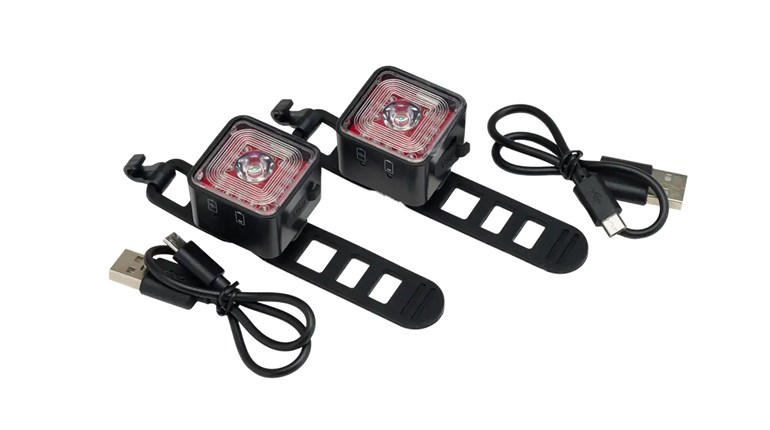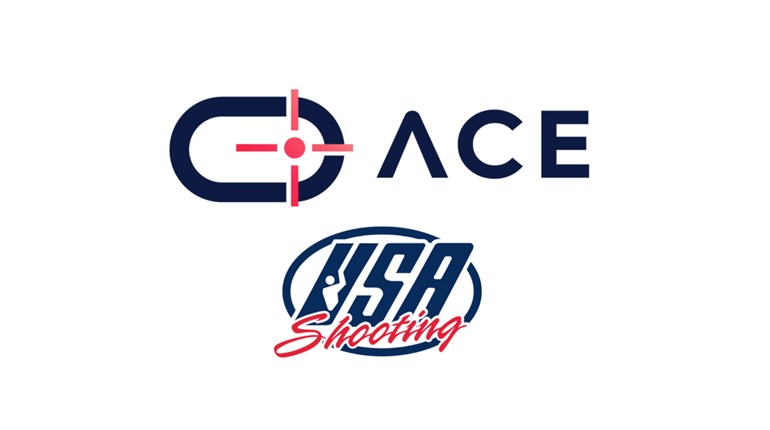
Not long ago, we spent some time on strong-side garment clearing as a precursor to the draw and presentation of a defensive firearm. What we routinely see at the range indicates it is widely under practiced, though for a very understandable reason—unless you’re incredibly disciplined and get in enough reps to become truly proficient, it just isn’t much fun. Especially at the beginning, it feels slow because it is slow, and hardly comports with a rewarding sense of conscious competence, to say nothing of the unconscious competence that should be our actual goal. The comparatively high stakes in a responsibly lived Carry Life don’t make it any easier, and “buckling down” is the only solution.
There is a silver lining: Once you have a carry method and corresponding gear selected, you’ll just have to practice more. (Oh, darn.)
But in terms of garment clearing, we aren’t really “done.” We looked at two methods that apply to strong-side carry—grasping or sweeping—and either method is a good one with practice. Warmer weather and cover garments that don’t open at the front add some complexities (as we said here), but practice—again—is the key. Though it’s far less common, what happens on the weak side is of consequence.
<<Cue collective gasp>>
Yes, we’re talking crossdraw.“… It feels slow because it is slow, and hardly comports with a rewarding sense of conscious competence”
We haven’t said much about crossdraw in Carry Life, mainly because it’s been out of favor for the best part of a generation. We won’t debate the plusses and minuses just now, though we think the former are generally understated, and the latter, over. But as to the clearing part, we say “hot-diggity:” compared to virtually every other carry method except open—with essentially no clearing at all—crossdraw is the proverbial piece of cake.
That is not the same, however, as there being no technique. The most common and natural drawing motion from the weak side with the strong hand is both curvilinear and rotational in three dimensions. By comparison, strong/strong is not: vastly more of the drawing motion is up/down and back/front, with the only important exception being appendix. This last case is the least problematic because it is closest to the centerline of the body, and demands the shortest, most controlled reach. Crossdraw is the largest reach, and thereby the most prone to variations that can cause problems if the garment is not cleared.
The “clear” itself, however, is an easy variation on a “grasp.” The only trap we’d alert you to is the tendency to clear too high on the cover garment. Don’t grasp the center seam at mid-chest as the comfortable, roughly 90-degree default elbow bend suggests. Go lower down: the waist for gentlemen, and lower still, ladies, for you—both your clothing and physiques commend this.
The rationale for the lower intercept of the vertical seam is the same: leverage, of a sort. By positioning the hand at the level of the holster/pistol, or slightly below, substantially more of the cover garment moves with only a trivially larger motion of the hand. While furling is vastly less likely, muzzle entanglement possibilities (especially on modern-day, more orthogonally shaped sights) is somewhat greater. This is the main hazard to avoid on the curvilinear, rotational path. A crucial plus here: This method avoids sweeping bystanders”
Another advantage of crossdraw is that the firearm gets clear of such chances for entanglement well sooner than strong/strong grasp technique, where the clearing hand must abandon the garment to get to the gun. While we don’t want to delve too deeply in crossdraw technique itself, a proper presentation—once the muzzle clears the holster—keeps the muzzle pointed very nearly straight down until the palm of the strong/gun hand reaches the midline of the body. We reinforce this compact line of motion by keeping the fleshy base of the strong hand thumb against the abdomen as we draw (which, by the way, is also better for close quarters retention).
A crucial plus here: This method avoids sweeping bystanders in the left and front quadrant for right-handed shooters (right/front for lefties), and negates one of the principle reasons crossdraw fell into disfavor all those many years ago.
Once the handgun reaches this center ”sul”-like position, there’s a tendency for the weak hand to abandon the garment, which will be roughly 90-degrees out from the body (don’t “short stroke” this—move that flap well out). Here we meet another gripe about crossdraw: A good way to keep that weak hand from getting in front of the muzzle before the hands join isn’t readily available; you’ll risk sweeping your own hand/arm. We recommend replacing the relatively natural, tactile timing “stop” on the abdomen by holding onto the cover garment a beat longer. The hands can then safely merge when the front sight appears in the lower portion of your peripheral vision as they do in a normal presentation.
Theoretically at least, that’s garment clearing for the crossdraw. We stress, though, that the discussion of this style of draw remains substantially incomplete. We actually applaud the slow reappearance of the method for several reasons—which we’ll get to in the coming weeks—but also note the rigors which it demands: A paucity of holsters make it harder to kit out and train, and the potentially severe dangers attendant to a too-soon mount of the trigger are just the most obvious. “Women who purse carry may see that several considerations of crossdraw apply to them”
A last thought: Women who purse-carry may see that several considerations of crossdraw apply to them—mainly, a draw stroke that doesn’t endanger bystanders or sweep the brachial artery, and techniques/equipment that don’t foul the muzzle at the worst possible moment. We’ve got some experts lined up here, so stand by—our own purse carry experience is so limited that … well, never mind.
Now Carry on.
Frank Winn has been studying arms and their relationship to tyranny, meaningful liberty and personal security all his adult life. He has also been a competitive shooter and firearms safety/shooting instructor for more than 20 years, though he won’t admit how many more.


































